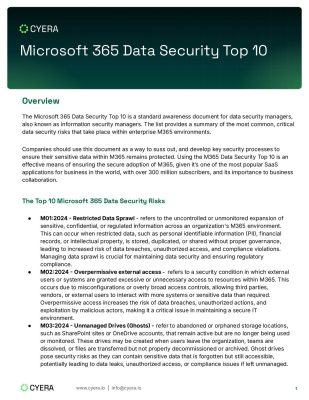Highlights
- If someone wants to remove any information, they need to submit all the web and image URLs that they want Google to review for removal.
- It will restrict theft or stealing of any kind of banking information or personal images of the users too.
Google made a new announcement this week about the expansion of the types of personal information that can be requested to be removed by users from search results. As per the new policy, people can request the removal of personal information, including phone numbers, email addresses, and physical addresses. Before the policy came into existence, it just covered information that would let others steal your identity or money, such as banking and credit card information.
The expanded policy is all about enabling users to request the removal of additional information from the search results as it can pose a risk of identity theft, such as log-in credentials.
The expanded policy is all about enabling users to request the removal of additional information from the search results as it can pose a risk of identity theft, such log-in credentials.
Next step by Google
When requested for removal, Google will evaluate all the information on the web page to ensure it does not limit the availability of other information that is ‘highly useful’. The company will also evaluate if it is part of public records on government websites or official sources, as such cases do not fall under its removal policy. For example, phone numbers of important persons or politicians are not removed as they are available on Government websites.
The removal process is clear and explicit. If someone wants to remove any information, they need to submit all the web and image URLs that they want Google to review for removal. Users need to include their contact info if they want Google to consider the content for removal. There must be the presence of “explicit or implicit threats” or “explicit or implicit calls to action for others to harm or harass.”
Further, after the removal request has been submitted, one will receive an automated email confirmation. Google will then review the request and may even ask for more information, particularly in cases where the request does not have sufficient information to be evaluated. If the URL submitted is within the scope of Google’s policy, the firm will take action, And if the request doesn’t meet Google’s requirements for removal, the company will explain why the request was denied.
At last, Google notes that even if it removes content from the web, chances may be that the information may still exist on the web, which means that people can still find the information on the page that hosts it via social media and other search engines.
The policy expansion came a few months after Google started allowing people under 18 or their parents to request to delete their photos from the search results.
Add to it; Google also allows to submit a request to remove non-consequential explicit or intimate personal images from Google, plus involuntary fake pornography.
Experts’ view
“The availability of personal contact information online can be jarring — and it can be used in harmful ways, including for unwanted direct contact or even physical harm,” said Michelle Chang, Google’s global policy lead for search, in a blog post. “And people have given us feedback that they would like the ability to remove this type of information from Search in some cases.”
























































